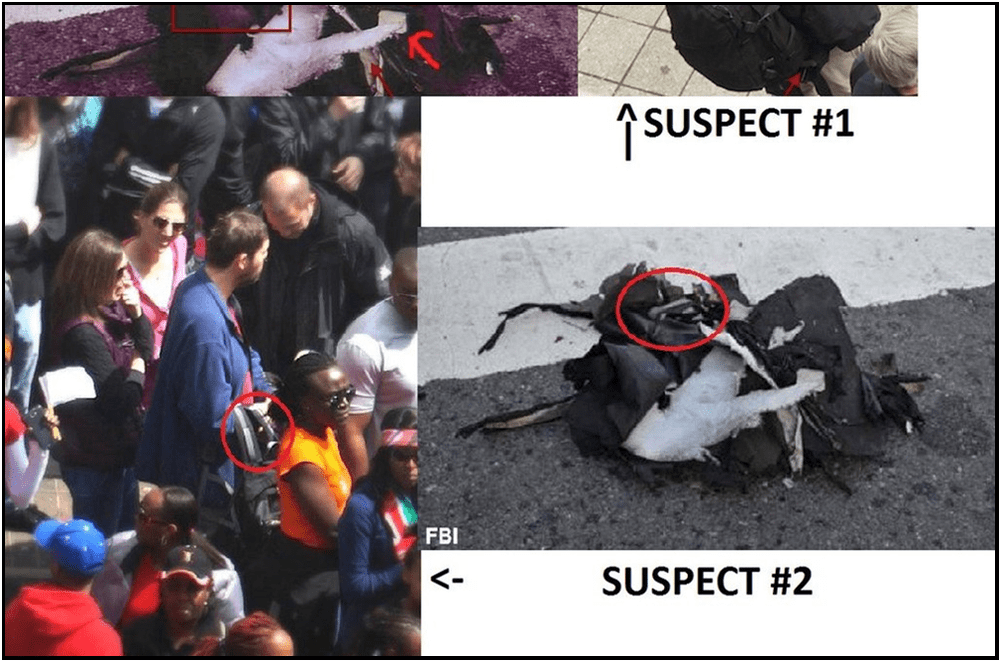Advertisement
Crowdsourcing The Boston Marathon Investigation
Resume
In their hunt for clues, investigators of the Boston Marathon bombings have been combing through thousands of images from security cameras, television stations and spectators.
Homeland Security Secretary Janet Napolitano says the FBI wants to speak with individuals seen in at least one video. She isn't calling them suspects, but people on social media sites like Reddit aren't being as cautious.
Social Media Theories
In one forum, called "Find Boston Bombers," posters are singling out people they consider suspicious, like "the guy in the blue robe." They're also circling backpacks and circulating theories.
"Even a handful of altered images can slow down the investigation."
Prof. Hany Farid, Dartmouth College
Hany Farid, Dartmouth College professor of computer science, says that type of speculation can be dangerous, because it's a distraction from the real investigation.
The John F. Kennedy assassination was one of the first times that investigators turned to photos from ordinary people to aid in the investigation. Farid says while the images people provide is useful, the theories usually aren't.
"The crowd is reasonably wise, but there is a lot of noise in that crowd," he said.
And right now, there's no effective way to sort through all that noise. So Farid says it makes sense to rely on the crowd for data, like photos and videos, but to leave the analysis to the experts.
Photo Technology
Farid says law enforcement officials generally rely on four types of technology to help them make sense of the countless images they've gathered: facial recognition, pattern recognition, geotagging and authentication software.
Facial recognition and detection software are available commercially and widely used. Farid said that if the FBI were looking for a specific person, the software can scan through millions of images and come up with a match.
A growing field is pattern recognition, which can scan images for something like a logo on a backpack.
Since many of the images come from cell phones, authorities can use geotagging information to create a 3D time and space model of the scene. Photos taken on smartphones are tagged with GPS and time data. Investigators can strip that out and construct a nearly second by second 3D image of what happened at the marathon.
Finally, investigators need to be wary of phony photos. Farid says that authentication software can determine if a photo has been altered.
Sometimes people are changing photos maliciously, but other times, they may have just been photoshopped to make the image look better. Either way, Farid says it makes sense to throw out the small number of photos that have been doctored.
"Even a handful of altered images can slow down the investigation," Farid said.
Guest:
- Hany Farid, Dartmouth College professor of computer science.
This segment aired on April 18, 2013.